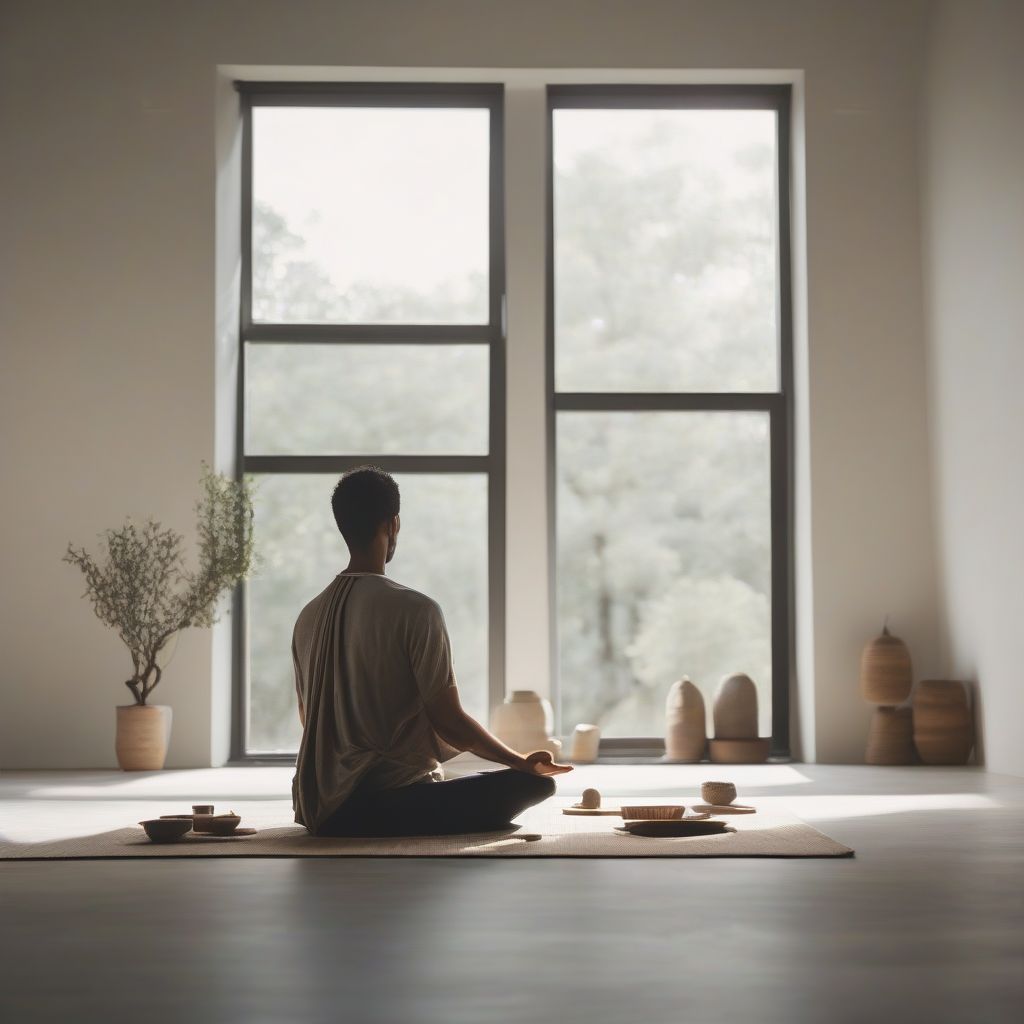Have you ever felt overwhelmed by the sheer amount of stuff in your life? Not just physical possessions, but also the constant influx of information, commitments, and expectations? If so, you’re not alone. Many people find themselves craving a simpler, more intentional way of living. This is where the powerful combination of mindfulness and minimalism comes in. These two philosophies, while distinct, complement each other beautifully, offering a pathway to a more fulfilling and meaningful life.
Understanding the Core Principles
What is Mindfulness?
Mindfulness is the practice of paying attention to the present moment without judgment. It’s about cultivating awareness of your thoughts, feelings, and bodily sensations without getting swept away by them. Think of it as a gentle anchor that keeps you grounded amidst the storms of daily life. As Jon Kabat-Zinn, a pioneer in mindfulness-based stress reduction, says, “Mindfulness means paying attention in a particular way: on purpose, in the present moment, and non-judgmentally.”
What is Minimalism?
Minimalism, on the other hand, is about intentionally living with less. It’s not about deprivation, but rather about prioritizing what truly adds value to your life and letting go of the rest. This can apply to physical possessions, commitments, relationships, and even thoughts. Joshua Becker, a leading voice in the minimalist movement, puts it succinctly: “Minimalism is the intentional promotion of the things we most value and the removal of everything that distracts us from it.”
The Synergistic Relationship Between Mindfulness and Minimalism
So, how do these two concepts intertwine? Mindfulness lays the groundwork for minimalism by helping you become more aware of your consumption habits and their impact on your well-being. It encourages you to question the constant pursuit of more and to appreciate the abundance already present in your life. This awareness naturally leads to a desire for greater simplicity and intentionality.
Minimalism, in turn, supports mindfulness by creating space – both physically and mentally – for you to be present. When you’re not constantly bombarded by clutter and distractions, it becomes easier to focus on what truly matters. This creates a positive feedback loop, where mindfulness fosters minimalism, and minimalism enhances mindfulness.
 Mindfulness and Minimalism Connection
Mindfulness and Minimalism Connection
Practical Applications in Daily Life
Mindful Consumption
Mindfulness encourages you to pause before making a purchase. Ask yourself: Do I really need this? Will it truly add value to my life? Or am I just buying it out of habit, boredom, or a desire to keep up with the Joneses? This mindful approach to consumption can drastically reduce clutter and free up resources for experiences and pursuits that truly matter.
Decluttering with Intention
Minimalism isn’t about blindly throwing everything away. It’s about making conscious choices about what to keep and what to let go of. As you declutter, ask yourself: Does this item bring me joy? Does it serve a purpose? If the answer is no, then it might be time to part ways.
Cultivating Gratitude
Both mindfulness and minimalism foster a sense of gratitude. By appreciating what you have, you become less focused on what you lack. This shift in perspective can lead to greater contentment and a deeper appreciation for the simple joys of life.
Creating Space for What Matters
By decluttering your physical space and simplifying your schedule, you create room for the activities and relationships that truly nourish your soul. This might involve spending more time in nature, pursuing creative hobbies, or simply connecting with loved ones.
Embracing the Journey
The journey towards mindfulness and minimalism is a personal one. There’s no one-size-fits-all approach. Start small, experiment, and find what works best for you. Remember, it’s not about achieving perfection, but about making conscious choices that align with your values and create a life that feels authentic and fulfilling. As Leo Babauta, author of “The Power of Less,” suggests, “Start small. Master the art of decluttering one area of your life, and then move on to the next.”
Conclusion
The connection between mindfulness and minimalism is a powerful one. By cultivating present moment awareness and intentionally simplifying your life, you can create a more fulfilling and meaningful existence. It’s about shifting your focus from external possessions and distractions to internal peace and contentment. Embrace the journey, and discover the transformative power of living with less and appreciating more. Share your thoughts and experiences in the comments below, and let’s inspire each other on this path to a simpler, more intentional life.



